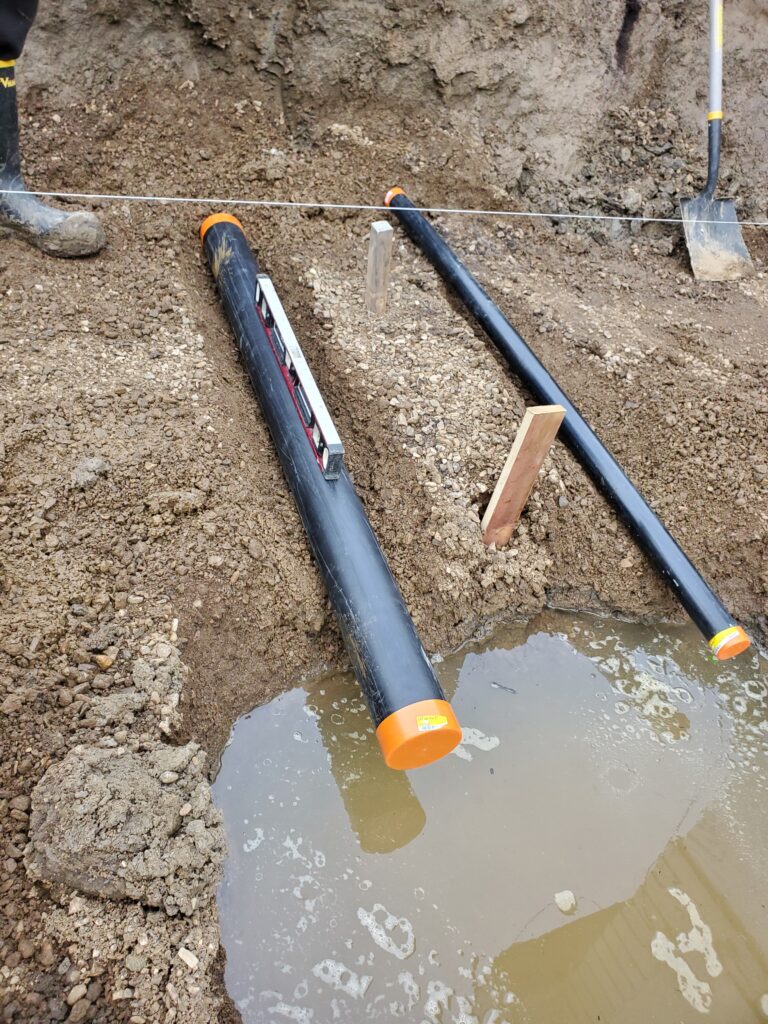Ensuring effective drainage is a cornerstone of a sturdy foundation, and strategic planning around the location of the sump pump plays a pivotal role in achieving optimal drainage. In this blog post, we delve into the key considerations and best practices for planning the location of the sump pump, exploring how this thoughtful approach contributes to a moisture-resistant and resilient foundation.
Choosing the Right Location:
Selecting the right location for the sump pump involves a careful assessment of the property’s topography and potential water entry points. Placing the sump pump in a low-lying area, often near the foundation’s lowest point, allows it to efficiently collect and redirect water away from the structure.
Below-Footing Drainage Solutions:
One effective strategy involves placing a drain pipe below the footing, connecting the weeping tile to the sump pump. This meticulous setup ensures that water is efficiently channeled away from the foundation, preventing potential moisture issues. The blog explores the benefits of this below-footing solution and why it’s a valuable addition to drainage planning.
Considerations for Indoor Spaces:
For basements or areas with below-grade construction, the location of the sump pump within the interior space becomes crucial. Careful planning ensures accessibility for maintenance while effectively addressing water infiltration concerns.
Choosing Between Interior and Exterior Sump Pits:
The blog post weighs the pros and cons of interior and exterior sump pits, offering insights into factors such as accessibility, maintenance ease, and the specific needs of the property.
A Foundation for Resilience:
In conclusion, strategic sump planning is not just about preventing water damage—it’s about building a foundation that stands resilient against moisture challenges. This blog post serves as a guide for homeowners, builders, and enthusiasts alike, emphasizing the importance of thoughtful sump pump location planning in creating a durable and moisture-resistant foundation.
